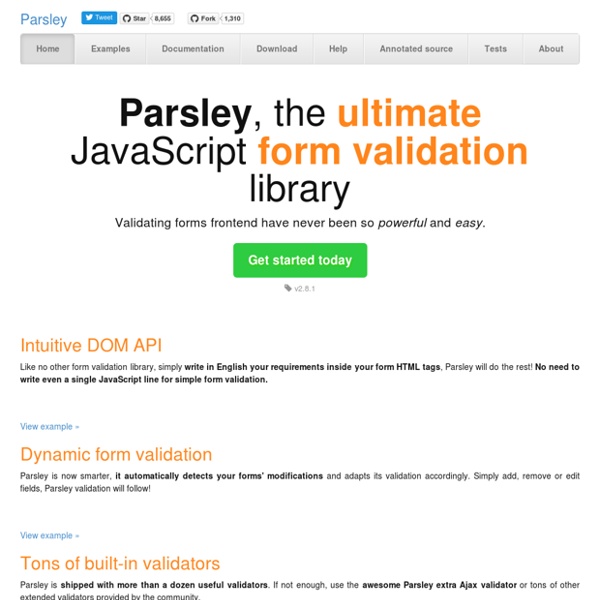



jQuery Validation Plugin | Form validation with jQuery – this site is a work in progress Responsive Web Design: Fresh Tools, Articles and Tutorials inShare12 It’s been a while since we have last time posted our three roundups dedicated to responsive web design. A lot of new tools, tutorials, articles and techniques appeared and have decided to come up with the latest and newest collection of the freshest materials. Articles and Tutorials Responsive Grids With Susy How we built MSN UK’s responsive Olympics site How To Create A Responsive Navigation How to Create a Responsive Image Slider in jQuery and CSS3 In this tutorial we will code a responsive image slider from the Impressionist UI. Developing Responsive Designs With Opera Mobile Emulator Optimizing Typography in Responsive Web Design In this article, we will be discussing typography vis a vis responsive web design. Responsive background images with fixed or fluid aspect ratios Gamma Gallery: A Responsive Image Gallery Experiment Demo Mythbusting the Responsive Design Myth Responsive Menu Concepts The Responsive Designer Breaking Down the Responsive ReadWrite Redesign Advertisement Demo Demo
addyosmani/basket.js DanielRapp/fragment.js sloisel/numeric jStorage - simple JavaScript plugin to store data locally List.js - Add search, sort and flexibility to plain HTML lists or tables with cross-browser native JavaScript by @javve jQuery